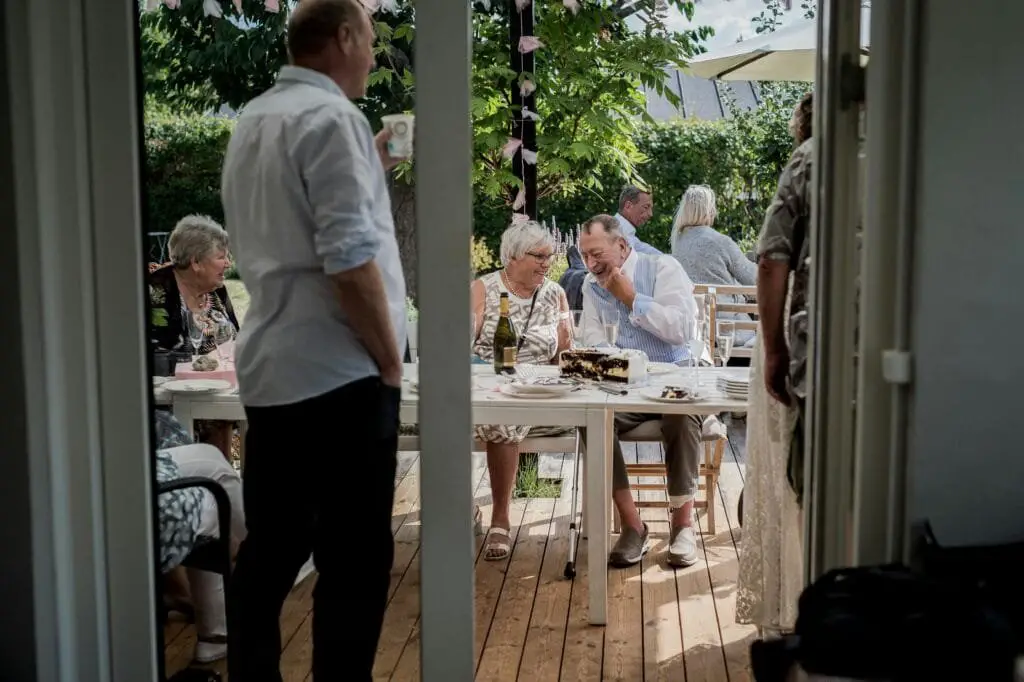1. Acapulco, Mexico
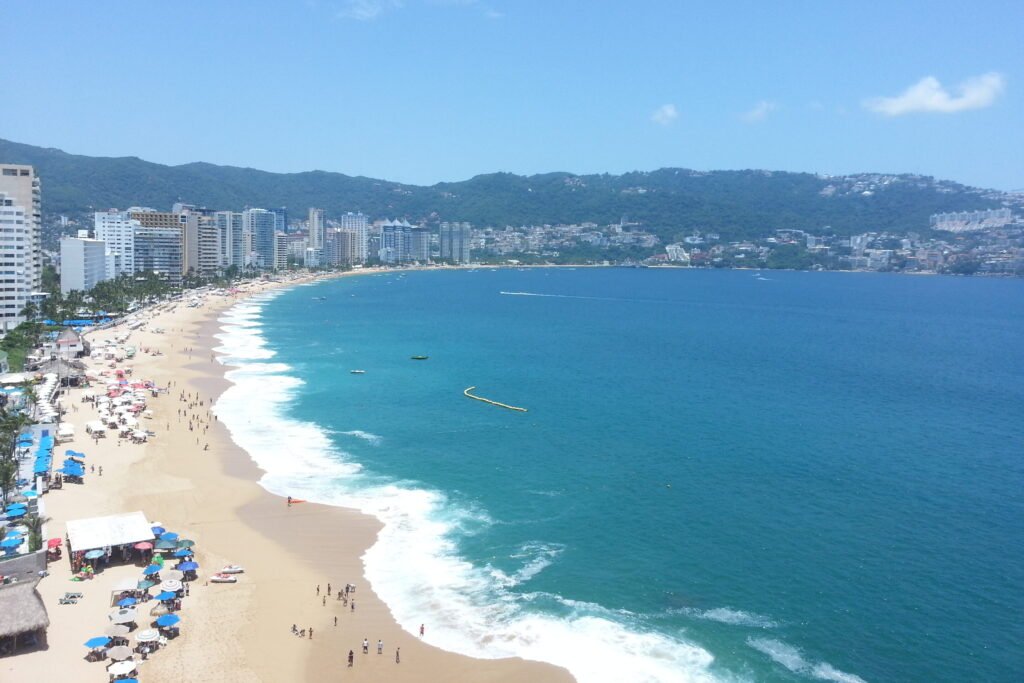
Acapulco was the place to be in the ’60s, the kind of glamorous getaway that filled travel posters and gossip columns. Hollywood stars like Elizabeth Taylor, Frank Sinatra, and Judy Garland vacationed along its crescent-shaped bay, giving the city a reputation for nonstop sparkle. People loved the cliffside hotels, the private beach clubs, and the nightlife that seemed to go until sunrise. Even families flocked there because it felt exotic but still accessible. The famous La Quebrada cliff divers were the main attraction and genuinely as impressive as they looked in magazines.
But as newer Mexican resorts started soaring in popularity, Acapulco slowly slipped out of the spotlight. Crime issues over the years pushed many tourists away, and the glitzy reputation faded. The hotels that once drew celebrities haven’t been able to compete with modern developments in places like Cabo and Cancún. It still has beauty, but its ’60s star power belongs to another era.
2. Sun Valley, Idaho

Sun Valley was one of America’s earliest celebrity playgrounds and absolutely boomed in the ’60s. Skier icons, Hollywood stars, and wealthy families headed there for long winter vacations and cozy lodge life. Ernest Hemingway loved it, and his connection alone helped give the area a mystique. The glamorous chairlifts and après-ski bars felt like something out of a movie. For a brief time, it was considered the most stylish ski destination in the country.
Over the years, ski culture expanded to newer and flashier resorts, and Sun Valley wasn’t talked about in the same breath as Aspen or Vail anymore. The infrastructure didn’t evolve as quickly, which made it feel like a time capsule. People still go, but the national buzz isn’t what it used to be. Its glow from the ’60s survives mostly through vintage ads and old vacation photos.
3. Tangier, Morocco
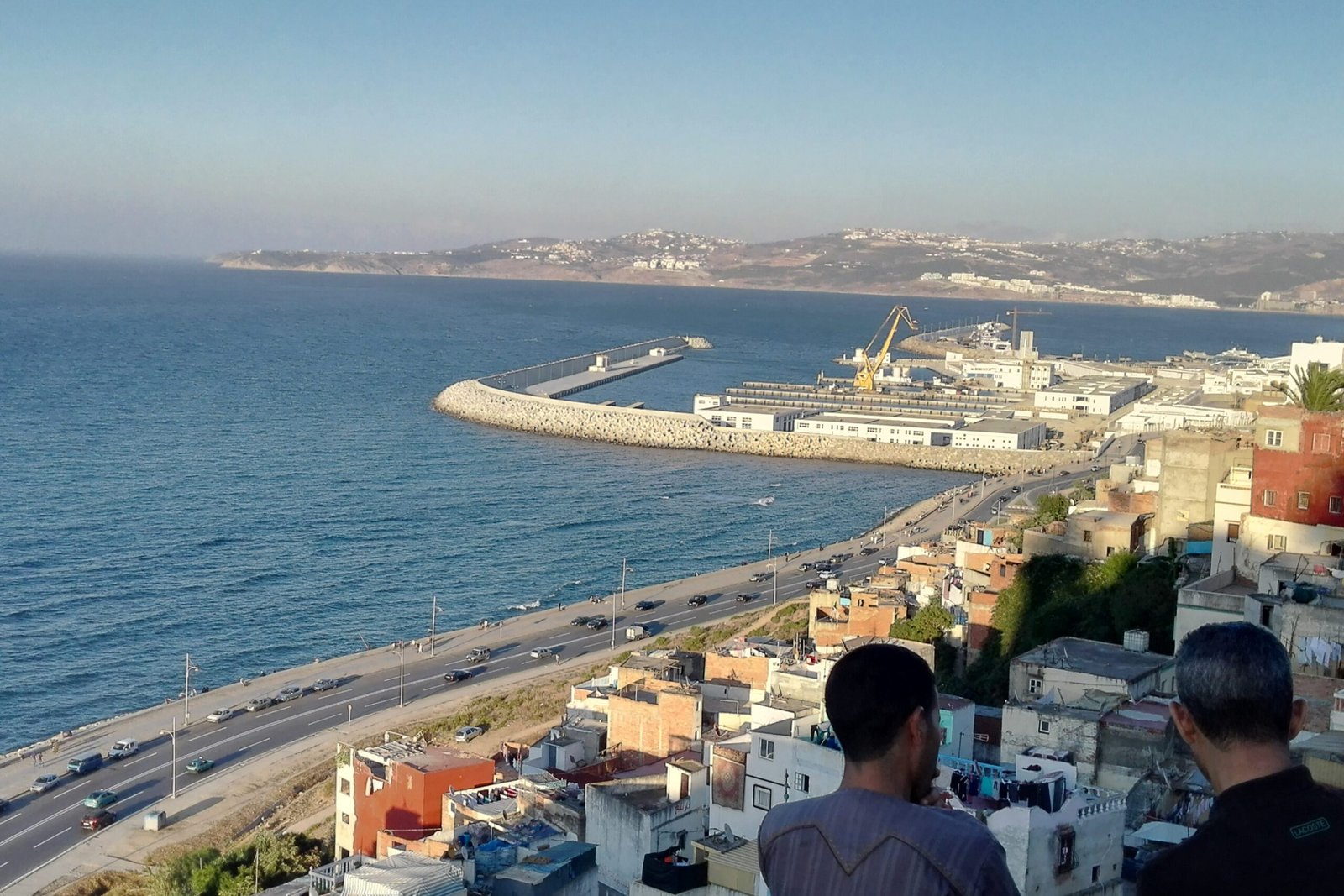
Tangier in the ’60s was a dreamy, bohemian escape for writers, artists, musicians, and curious adventurers. The international zone gave it a unique vibe that felt freer than many places in the world at the time. The cafés were filled with expats, the markets were lively, and the entire city had a reputation for being mysterious and slightly rebellious. Beat writers like Paul Bowles helped turn it into a magnet for creative wanderers. Many people were drawn to the idea that Tangier seemed to exist outside the rules.
But once Morocco ended Tangier’s international status and folded it firmly back under national control, the vibe shifted. The tourism boom quieted as other Mediterranean destinations grew more polished and accessible. The city is still beautiful, but it no longer holds that same dreamy mystique that defined its ’60s fame. Its reputation now feels like something out of an old travel diary.
4. Capri, Italy

Capri had a massive moment in the ’60s when jet-setters made it one of Europe’s chicest island escapes. The Blue Grotto became an instant sensation, and walking around the Piazzetta felt like stepping onto a glamorous movie set. Stars like Sophia Loren and Brigitte Bardot were frequently photographed there, which only fueled the island’s fame. People loved its mix of dramatic cliffs, stylish hotels, and sun-soaked charm. Even beach clubs on the rocks became status symbols.
Over time, Capri became pricier and more crowded, shifting from “glamorous escape” to “luxury bucket-list spot.” That shift caused some travelers to look for quieter alternatives along the Italian coast. The nostalgia remains, but the carefree ’60s allure is something modern tourism can’t quite reproduce. Capri today is gorgeous, but that particular moment in time is long gone.
5. The Catskills, New York

The Catskills were the heart of family vacations in the ’50s and ’60s, especially with all those famous resorts. Places like Grossinger’s and the Concord featured superstar entertainers, giant dining rooms, and endless scheduled activities. Families returned year after year because it felt dependable and lively. Honeymooners loved it too, and the region became an almost mythic part of mid-century Northeast culture. Summer in the Catskills was practically a rite of passage.
But when airlines made faraway vacations easier, the Catskills lost their monopoly on family getaways. One by one, the big resorts closed or fell into disrepair. Today, many of those once-glamorous properties are abandoned shells or demolished entirely. The region is being revived in new ways, but the specific ’60s resort culture is now just a memory.
6. Palm Springs, California

Palm Springs was pure mid-century sparkle in the ’60s, with its modern architecture and star-studded pool parties. Frank Sinatra, Dean Martin, and a whole circle of celebrities practically turned it into their second home. The hotels were effortlessly stylish, the desert air felt luxurious, and the overall vibe was all about leisure. People loved that it was close to Hollywood yet felt worlds away. Even its golf courses became cultural icons.
Palm Springs is still popular, but the original ’60s glamour faded for decades before the recent revival. At one point, many of the hotels and neighborhoods fell quiet, losing that energetic celebrity sheen. Its return to cool status is fairly modern, driven by architecture fans and boutique hotels. The classic ’60s era remains its most iconic period, even if the modern buzz feels different.
7. San Juan, Puerto Rico

San Juan was booming with postcard charm during the ’60s travel craze. The pastel buildings, old fortresses, and gorgeous beaches made it an easy escape for mainland Americans. The hotel strip in Condado was especially glamorous, attracting honeymooners and families alike. People loved the blend of Spanish history and tropical sunshine. It felt exotic but familiar enough to feel comfortable.
As tourism expanded across the Caribbean, San Juan’s mid-century stardom dimmed a bit. Newer islands marketed themselves harder, and changing travel trends shifted attention elsewhere. While San Juan is still lively and beautiful, that specific ’60s golden era has its own distinct vibe in old brochures and travel ads. It remains nostalgic rather than forgotten by locals, but nationally it doesn’t get the same nostalgic spotlight.
8. Lloret de Mar, Spain
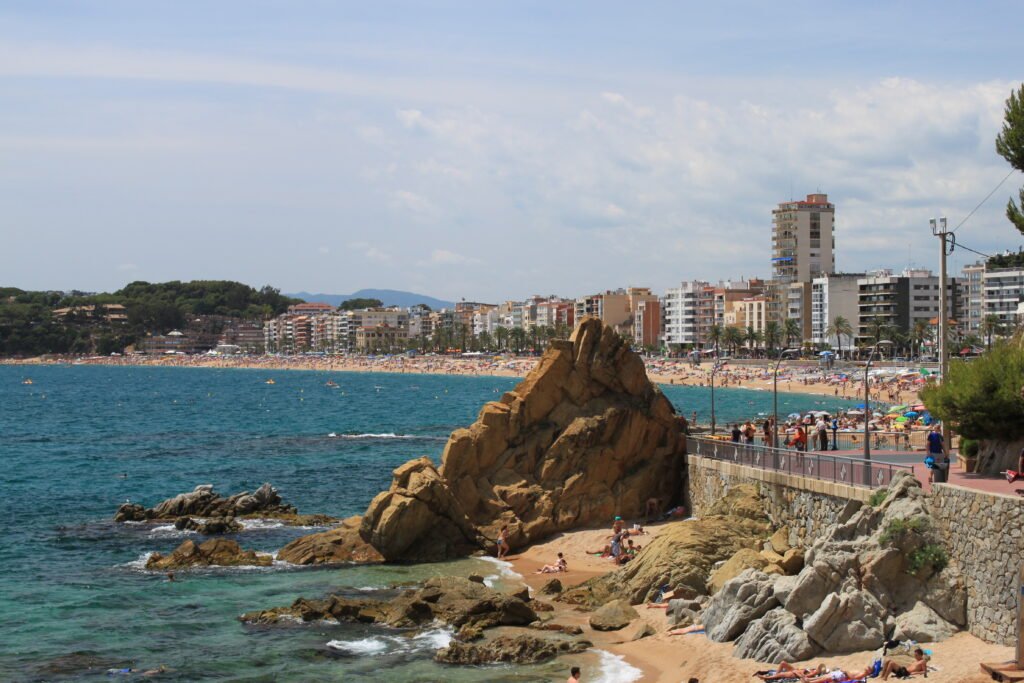
Lloret de Mar was one of Spain’s earliest big beach destinations during the ’60s tourism boom. Europeans flocked there for sunshine, affordable hotels, and a party-friendly atmosphere. The town filled with beach umbrellas, souvenir shops, and cafes serving simple seaside meals. Magazines loved showing its long stretches of sand. For many families, it was their first international vacation.
But by the ’80s and ’90s, Spain developed dozens of other resort towns that overshadowed Lloret de Mar. The area shifted toward budget tourism, which changed its image and appeal. The glamorous reputation from its ’60s heyday disappeared as other coastal cities modernized. Today, its history as a stylish early resort feels surprisingly forgotten.
9. Nassau, Bahamas
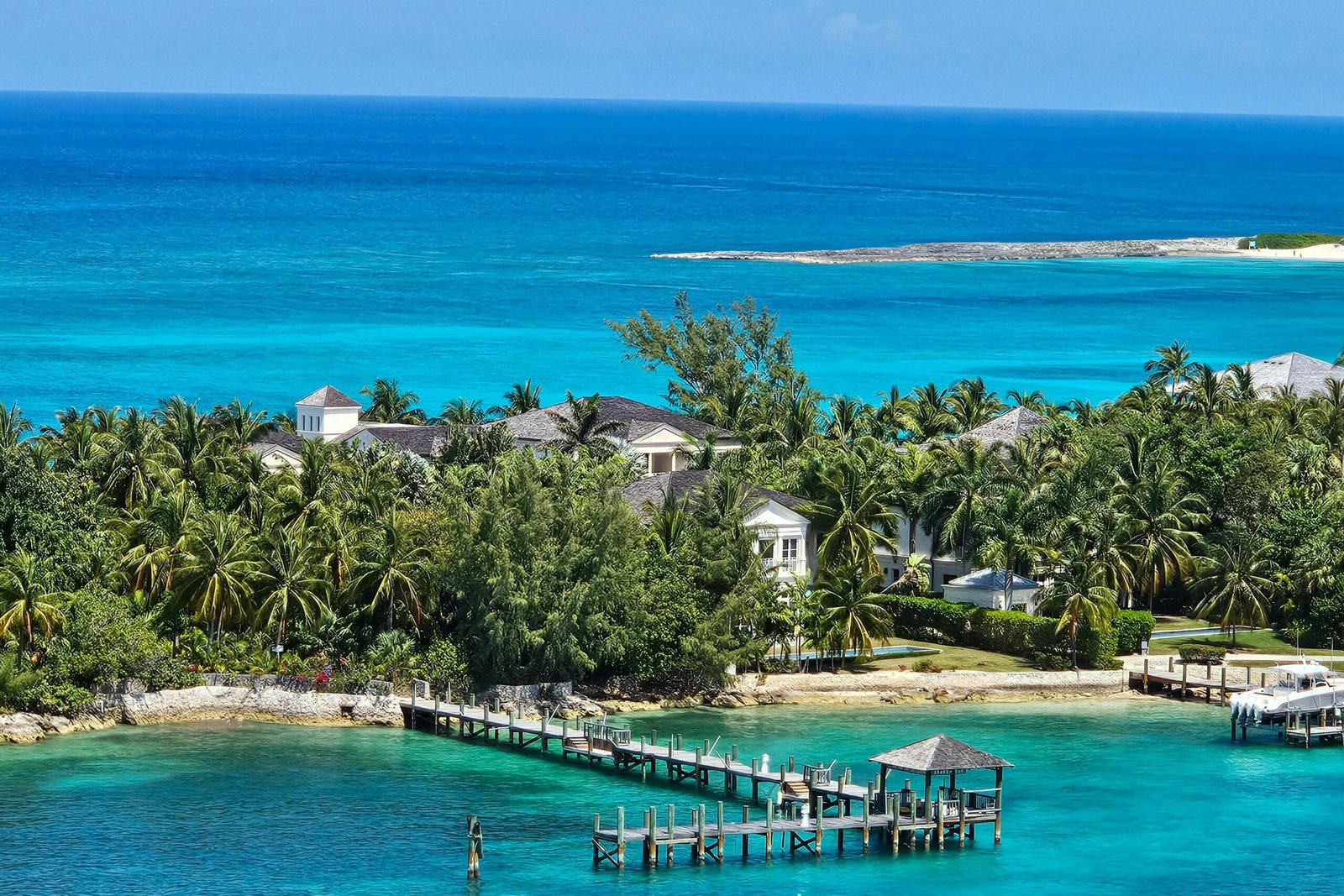
Nassau was a dream destination in the ’60s, especially for Americans drawn to its pastel buildings and sparkling beaches. Cruise ships stopped there constantly, and newspapers loved highlighting celebrities spotted along Bay Street. The hotels were charming in a vintage way, and the nightlife seemed endlessly inviting. Its British colonial architecture gave it a unique flair. Many travelers felt like Nassau was their first taste of paradise.
But as the Bahamas expanded resort development on other islands, Nassau’s older vibe shifted. Larger and flashier complexes drew attention away from its traditional charm. Cruise crowds changed the atmosphere, making it feel less exclusive than it once was. Its ’60s glamour lives mostly in vintage postcards now.
10. Portofino, Italy
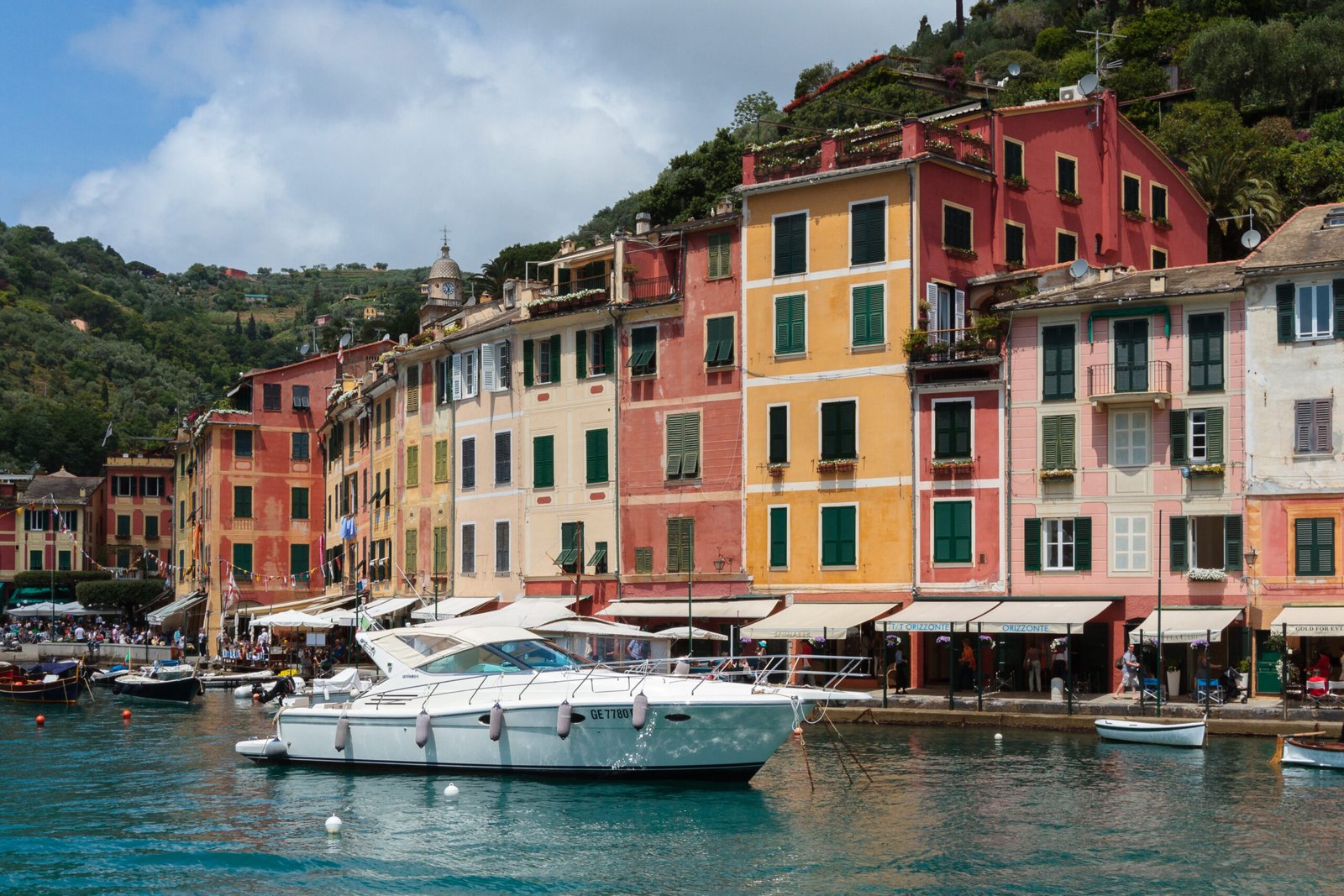
Portofino was incredibly fashionable in the ’60s, often photographed for magazines as a romantic Italian dream. Its tiny harbor, pastel buildings, and upscale hotels made it feel like a secret reserved for chic travelers. Elizabeth Taylor honeymooned nearby, which boosted the area’s fame even more. People loved watching boats drift by while sipping espresso along the waterfront. The whole town looked like a watercolor painting.
Eventually, Portofino became too expensive and too small to handle the crowds modern tourism brings. Many travelers shifted toward larger or more accessible coastal areas. The tiny fishing village lost its quiet glamour and became more of a luxury pit stop. Its ’60s reputation still makes it iconic, but not nearly as talked about now.
11. Ocho Rios, Jamaica
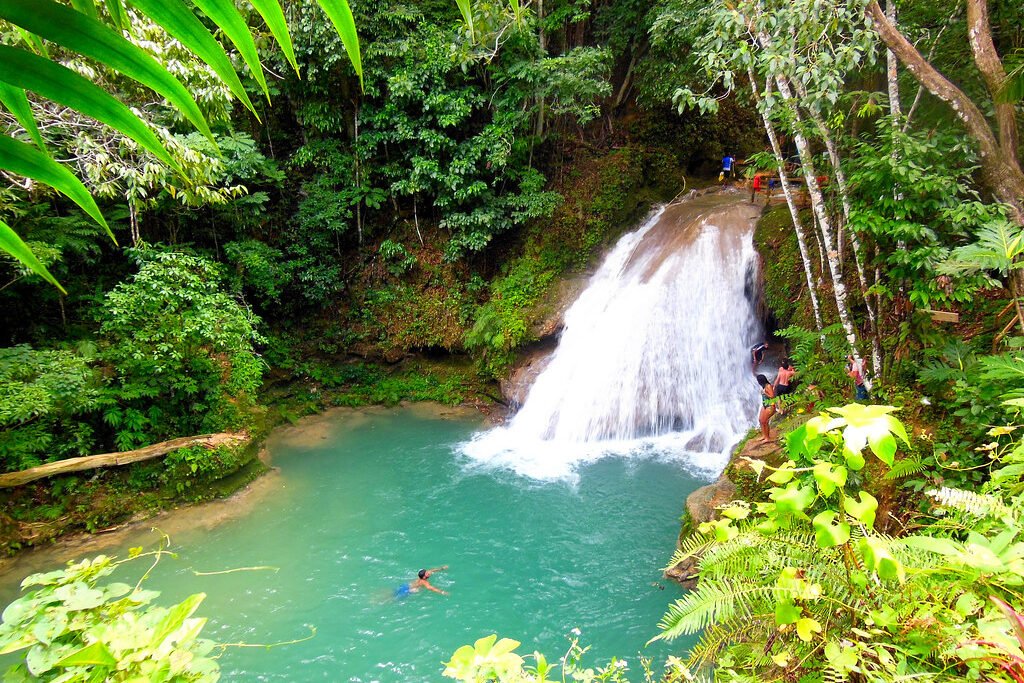
Ocho Rios was one of Jamaica’s original glamorous resort spots in the ’60s. Before the bigger hotel chains took over the island, this area was known for its waterfalls, beaches, and stylish boutique hotels. Travelers loved visiting Dunn’s River Falls and taking glass-bottom boat tours. The atmosphere felt intimate and relaxed. It was a romantic destination long before mass tourism arrived.
As more of Jamaica’s coastline developed, Ocho Rios shifted toward a heavily cruise-driven economy. That change made it feel less exclusive and more commercial. Much of the ’60s calm disappeared. The original charm still shows up in vintage travel posters, but it’s not the same place travelers once knew.
12. Cannes, France
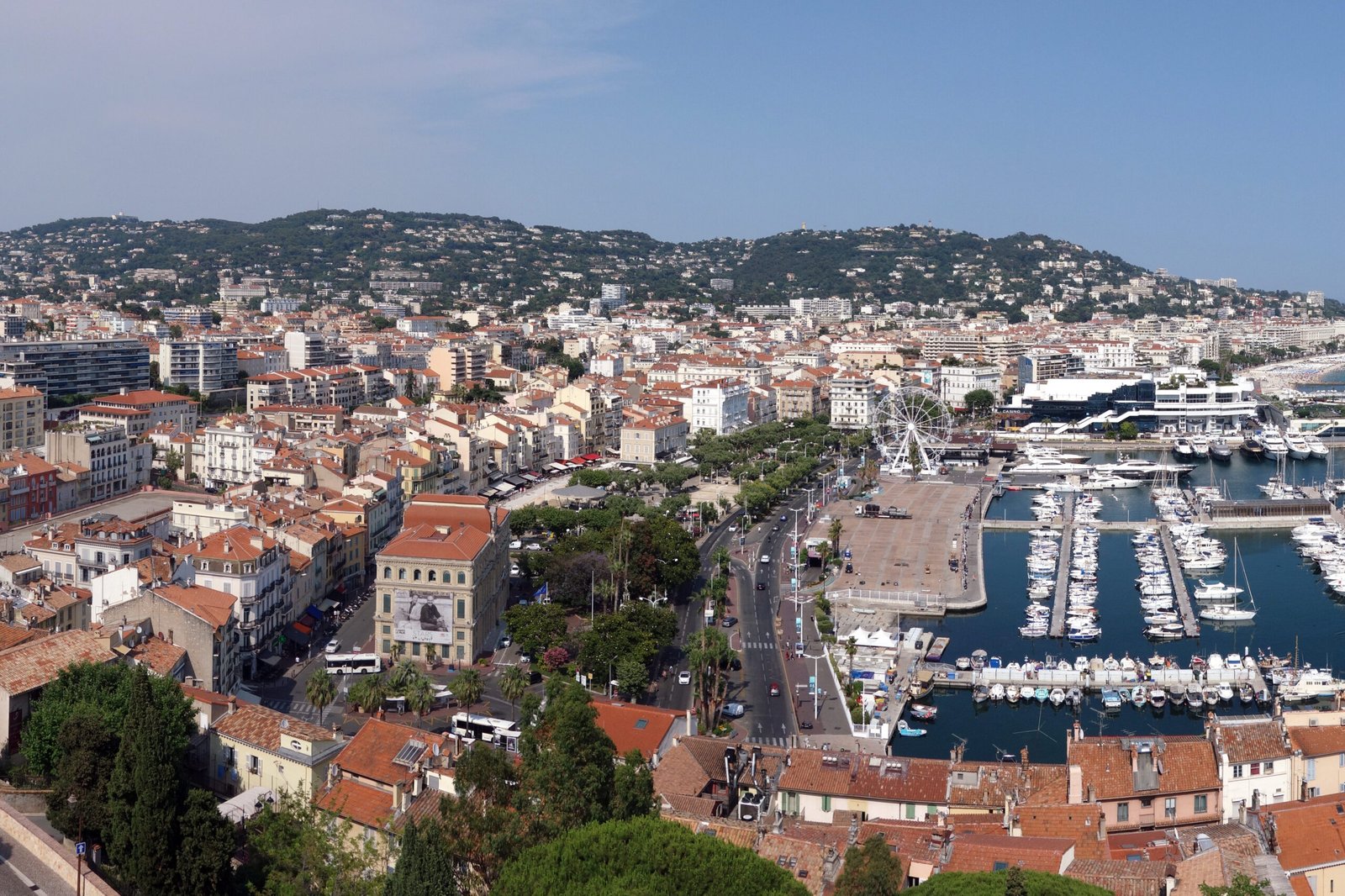
Cannes in the ’60s felt like a movie itself, with the film festival drawing huge international attention. Travelers dreamed of strolling the Promenade de la Croisette and spotting glamorous celebrities. The hotels sparkled, the beaches buzzed, and the Riviera sun added to the dreaminess. People considered it the epitome of European sophistication. Even the cafés felt cinematic.
Over time, Cannes became more associated with high-end industry events than casual travel glamour. Other Riviera towns became trendier for relaxing vacations. The festival still gives it star power, but the everyday magic people once sought there faded. The ’60s remain its most enchanting era in popular memory.
13. Mackinac Island, Michigan
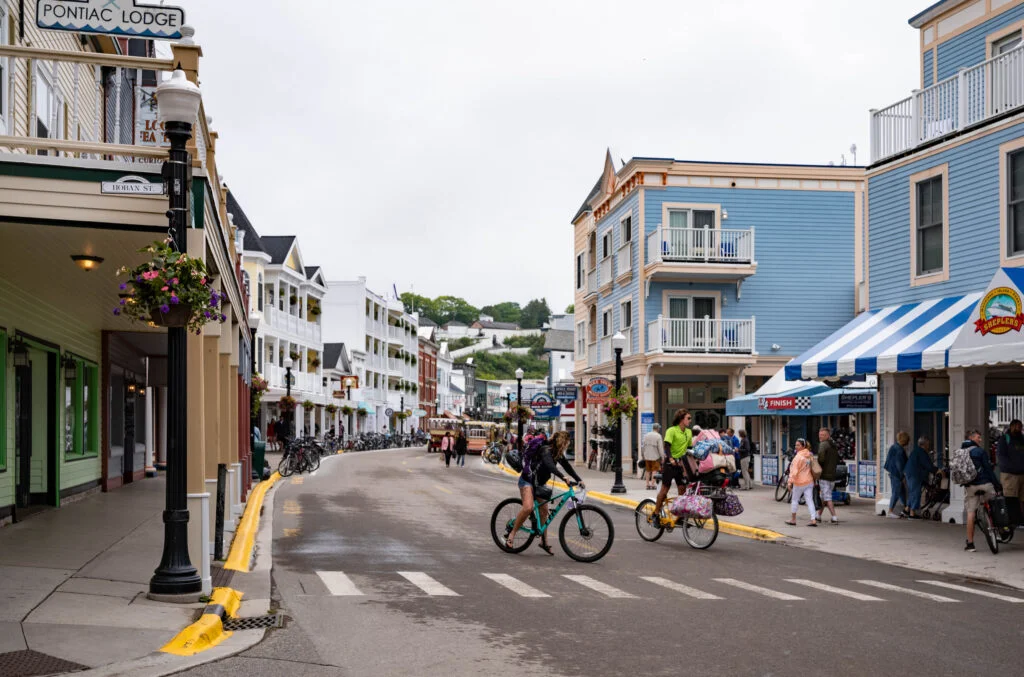
Mackinac Island thrived in the ’60s as a charming Victorian-style escape where cars were banned and horse-drawn carriages ruled the streets. Families loved coming for fudge shops, the Grand Hotel, and breezy lakeside views. It felt quaint and iconic in a way that stood out from typical beach vacations. Many tourists returned annually out of tradition. Its slower pace was part of the allure.
As air travel became more popular and global destinations more accessible, Mackinac Island slipped off the national radar a bit. It’s still beloved in the Midwest but doesn’t appear in mainstream travel buzz the same way it did decades ago. The ’60s were its real spotlight moment when it felt both nostalgic and glamorous. Today, its magic persists, just on a quieter scale.
14. Lake Tahoe, California/Nevada
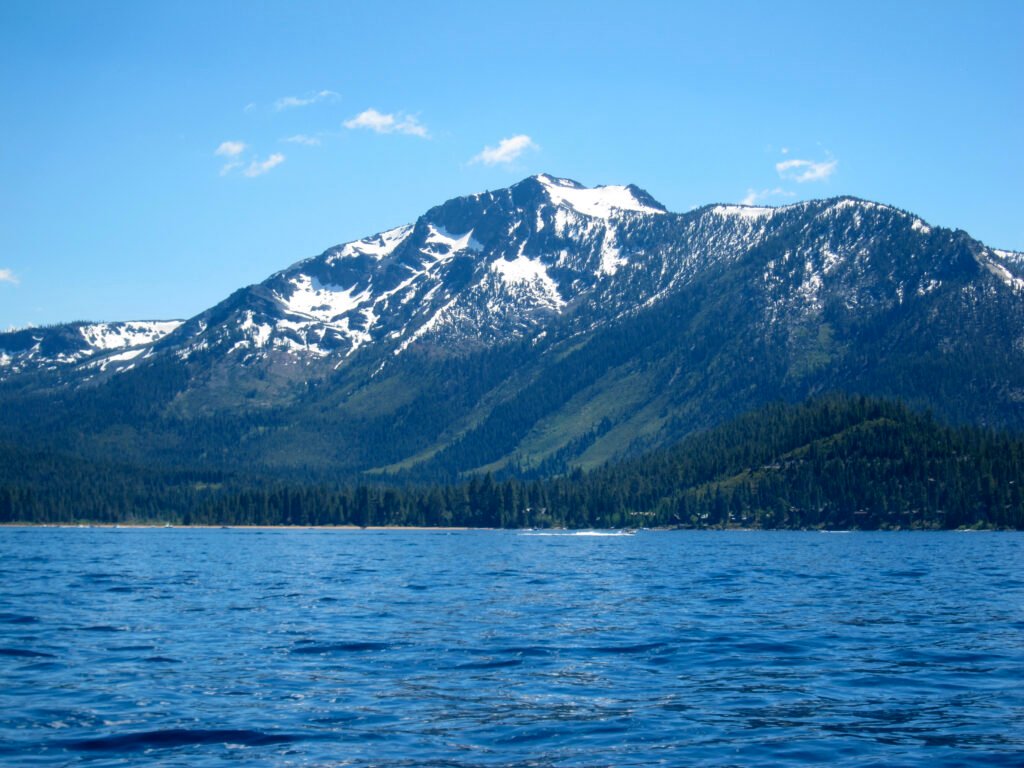
Lake Tahoe was a fashionable playground in the ’60s thanks to its ski resorts, casinos, and crisp mountain air. Celebrities vacationed there, and families viewed it as an upscale but approachable getaway. The bright blue water, pine trees, and winter sports made it feel like an all-season dream. Many people splurged on stylish lodge stays. Old travel brochures make it look like a winter wonderland mixed with Rat Pack energy.
As newer resorts sprang up across the West, Tahoe’s glamour softened. Modern development changed parts of the shoreline, and the casino scene no longer feels as unique. While still popular, its original mid-century shine isn’t as widely recognized today. The ’60s era remains its most iconic time in pop-culture memory.


